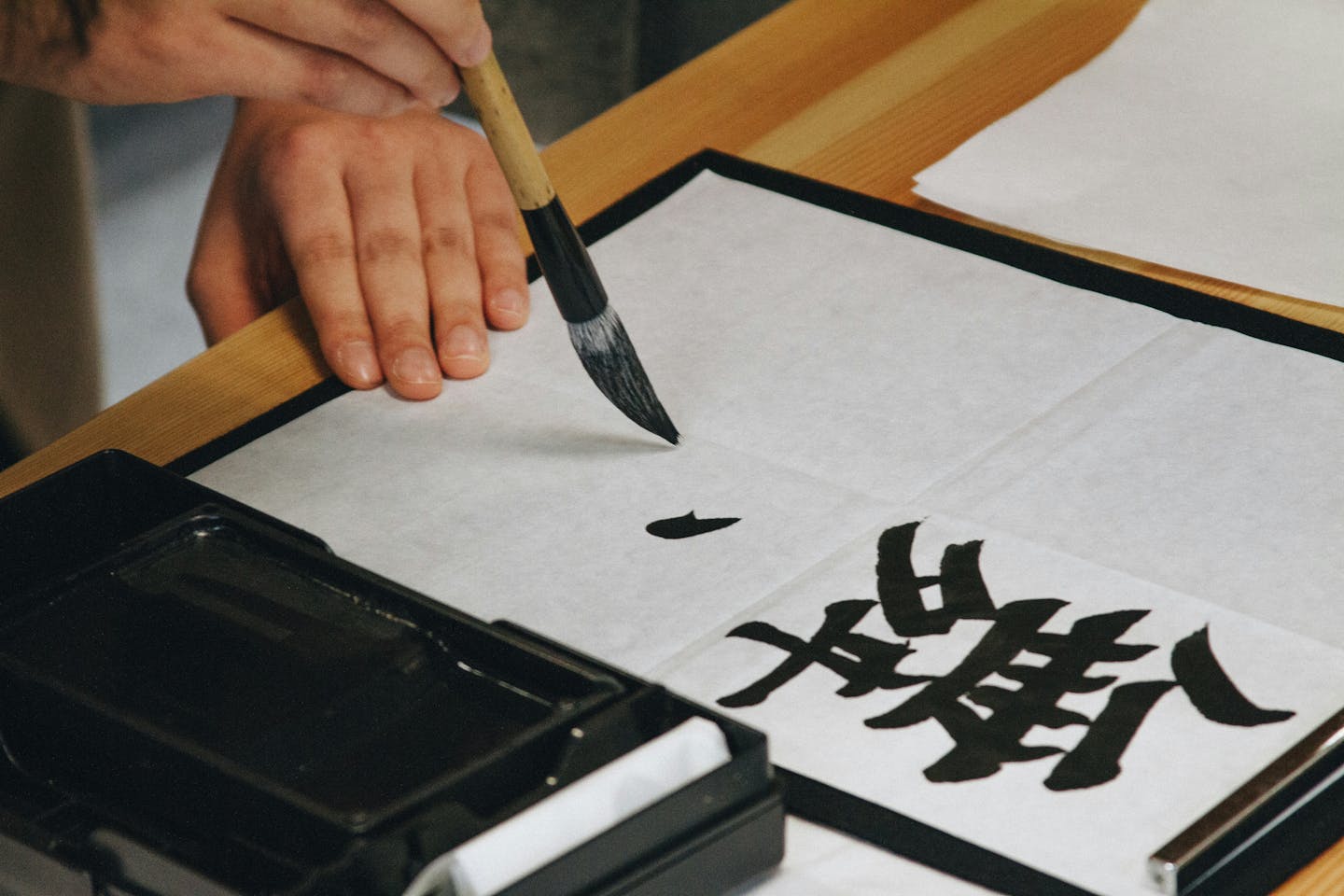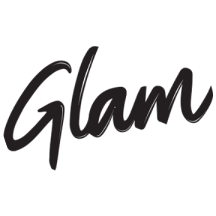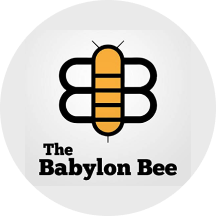Many of us would struggle to recall the last time we wrote anything substantial by hand. Digital devices often feel more convenient and efficient. But research shows that the intricate motor skills and visual processing required for handwriting encourages more extensive brain activity than typing.
The tools we use and our daily writing habits can influence our thinking and creativity. Because of this, I think we should reconsider the importance of hands-on ways of expressing ourselves and generating new ideas.
One of the oldest handwriting practices still in use today is Chinese calligraphy, which enables self-expression through skilful use of brushstrokes and composition. Chinese calligraphy gives equal value to the parts of the scroll that are blackened with the ink, and to those parts left unfilled.
For centuries, calligraphy was shaped by cultural, philosophical and artistic concepts. It established itself as one of the most significant forms of traditional and modern art in China. Perhaps more importantly, it served as a prominent medium for daily cultivation of the human mind and character.
Its basic tools are a soft brush, Xuan paper (traditionally made from tree bark and rice straw) and ink. But true artists would argue that a good piece of calligraphy cannot be accomplished without a clear mind, sincerity, humility and self-restraint.

As generative AI takes on more writing tasks, humans are turning from writers into prompting masters and editors of machine-generated content. This brings the risk of us becoming disconnected from our own creative ideas.
While the quality of AI-generated text may often be sufficient, the writing process is significantly different. As American historian Timothy Snyder argued in the “ninth lesson” from his book On Tyranny, poor use of words make us more susceptible to manipulation and suppression.
The multi-sensory experience of handwritten calligraphy fosters a deeper connection with the writer’s insights, emotions and surroundings. Writing with a brush requires slowing down and patient introspection. Because it demands attentiveness to posture and movements, a calligrapher’s body is grounded in the physical world – and such moments can have lasting benefits for our sometimes overwhelmed, restless minds.
Writers like Nicholas Carr and Aden Evens bring attention to the ongoing rewiring of our minds and reshaping of our abilities, caused by the excessive amount of time we spend online. They claim that while technology can enhance certain skills, it may also alter fundamental aspects of our thinking, behaviour and relationships.
For instance, constant engagement with technology can diminish our attention spans and deep-reading abilities, leading to superficial information processing.
And according to artist and author James Bridle, our tech-dependency and over-reliance on automated systems easily blinds us to bias, simplification and bad data generated by machines.
Reinvention of the brush
Through deep concentration and focus on the transient present moment, calligraphy allows practitioners to let go of distractions and cultivate a sense of inner peace.
Ink artist Pan Jianfeng, born in Rui’an, China and now living in Porvoo, Finland, embraced handwriting with a brush as a modern pursuit of self-cultivation, creative freedom and intimate human communication. For the past decade, he has committed to rediscovering the soft brush as a tool that knows no boundaries in culture, language or time.
Pan’s unique strategies of letting artworks grow through experimental use of paper and brush invite us to reconsider meaning of the “content generation”, “human creativity” and “communication”.
By generating largely unpredictable images using only traditional organic materials (water, ink, brush and paper) and his body, he shows us possibilities to engage with concepts beyond our expectations and imagination – without adding to the burden on the environment, as generative AI does.
And by creating playful artworks that value ambiguity and understatement, and – contrary to the mindset fostered by computational thinking – reject any single, inviolable answer, Pan seeks to open spaces of conversation, creative confusion and shared negotiation of meaning.
Both in his art and the “One Breath Workshops” he occasionally holds, Pan advocates for mindful handwriting which does not generate more content in an age already saturated with information and misinformation – but rather, removes the superfluity and brings a sense of stillness and peace.
Machines would struggle with text or image recognition in Pan’s ink scrolls such as Northern Ocean (2023) or Unregistered Calligraphy (2024). But human audiences enjoy the game of imagination and discovery.
In the ongoing exhibition Ink Roamings, curated by Shao-Lan Hertel in the Museum of East Asian Art in Cologne, visitors take time to discuss and guess the possible meanings together. Or they quietly contemplate Pan’s artworks in search of own truth.
“People have little trust in themselves and believe too much in technology, so they easily get lost,” Pan told me in an interview for my upcoming book on his work. “I don’t think we need more content – we need a better understanding of the world with all its challenges, and of each other. Through my writing, I try to craft more time and space for this understanding – not less.”
This article features references to books that have been included for editorial reasons, and may contain links to bookshop.org. If you click on one of the links and go on to buy something from bookshop.org The Conversation UK may earn a commission.
Looking for something good? Cut through the noise with a carefully curated selection of the latest releases, live events and exhibitions, straight to your inbox every fortnight, on Fridays. Sign up here.
This article is republished from The Conversation, a nonprofit, independent news organization bringing you facts and trustworthy analysis to help you make sense of our complex world. It was written by: Karolina Pawlik, Xi'an Jiaotong-Liverpool University
Read more:
- Ai Weiwei says art that can be replicated by AI is ‘meaningless’ – philosopher explains what that means for the future of art
- Creative progress or mass theft? Why a major AI art auction is provoking wonder – and outrage
- AI can produce prize-winning art, but it still can’t compete with human creativity
Karolina Pawlik received research funding from Xi'an Jiaotong-Liverpool University for her project "Soft Brush, Creativity and Cross-Cultural Communication" (2023-2025).


 The Conversation
The Conversation
 First Alert 4 News
First Alert 4 News Essentiallysports Basketball
Essentiallysports Basketball Raw Story
Raw Story Glam
Glam Rolling Stone
Rolling Stone Cover Media
Cover Media The Babylon Bee
The Babylon Bee America News
America News